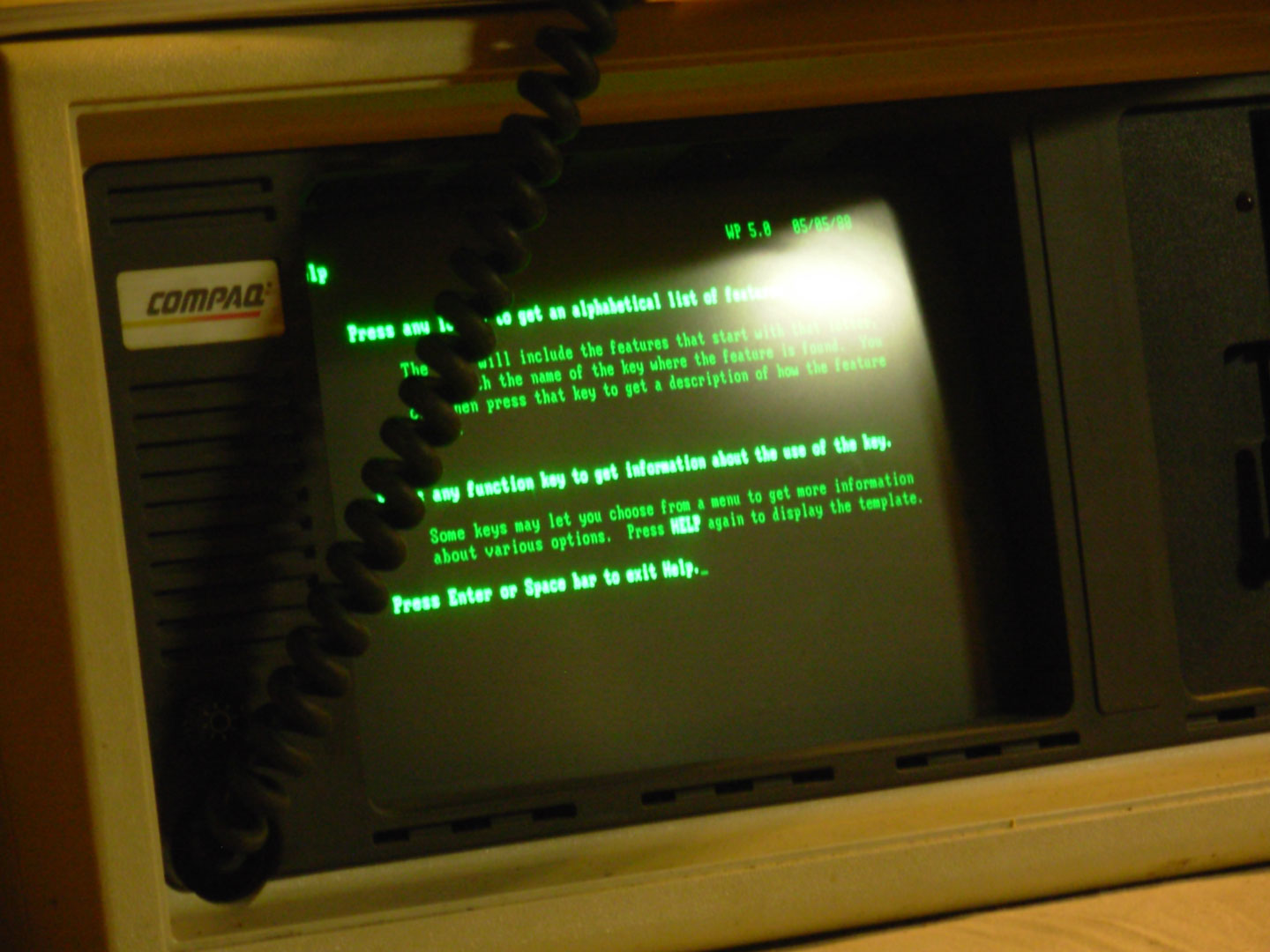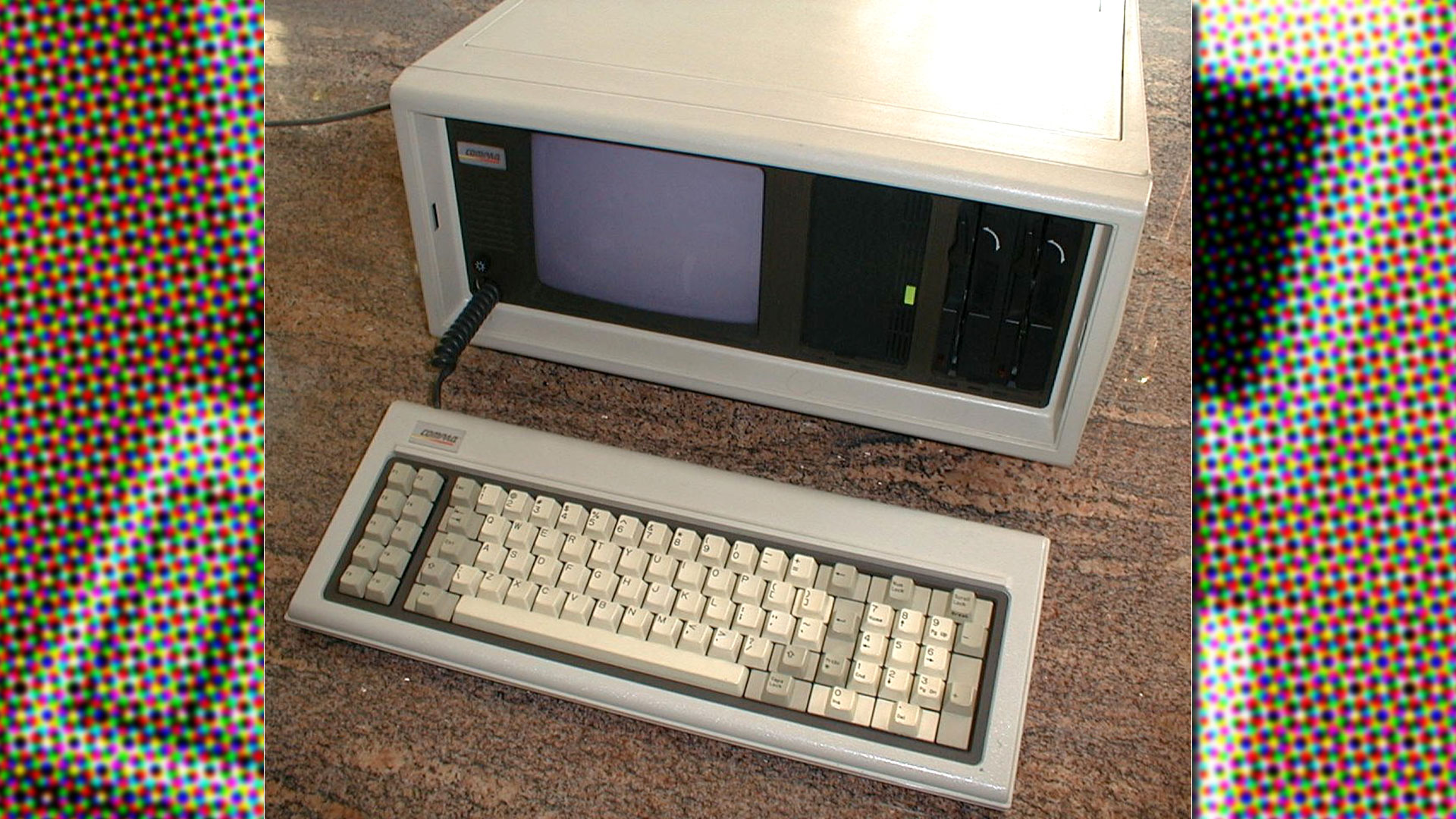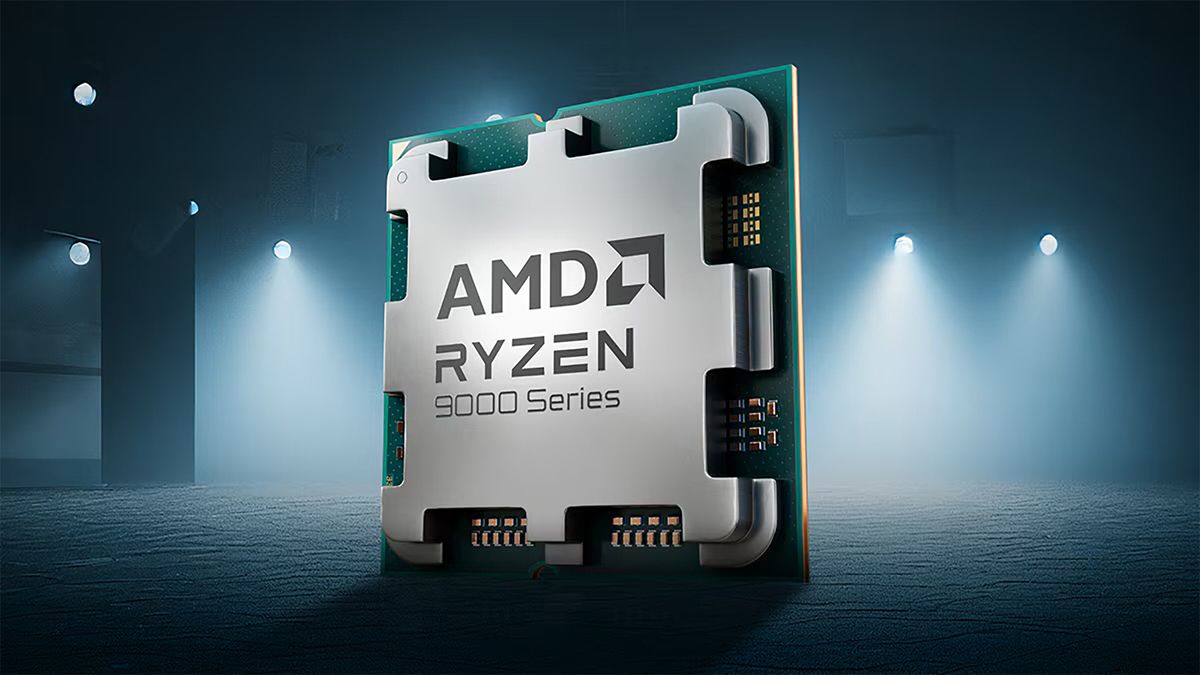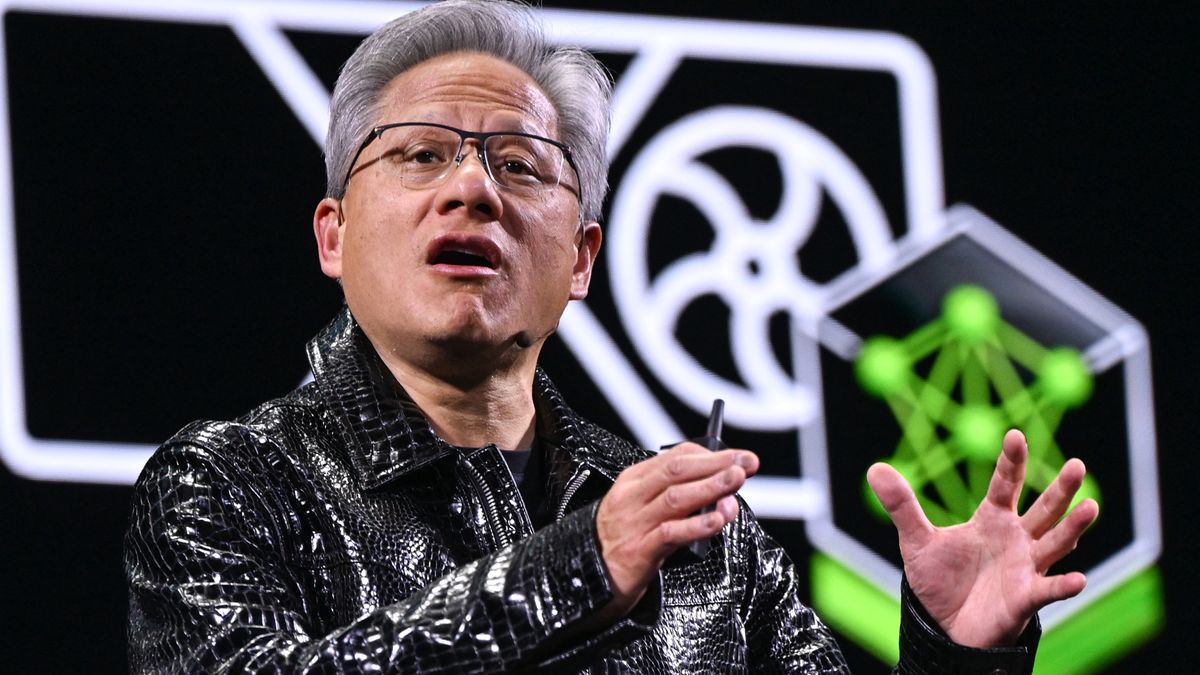Compaq took the wraps off its first product in November 1982, revealing the computing world's first true IBM PC clone, and an all-in-one portable model at that. The Compaq Portable featured a legally reverse-engineered IBM BIOS and delivered near 100% compatibility with those all-important IBM PC applications.
Kickstarting the IBM PC Clone business
Key features of the Compaq Portable
Compaq negotiated these sticky hurdles with its reverse-engineered BIOS, using zero IBM code, heading off legal disputes. The rest of the Compaq Portable, like the IBM PC it copied, was basically off-the-shelf hardware components. More importantly, the reverse-engineered BIOS did such a good job that it could be marketed with claims of 100% compatibility.
Meanwhile, Compaq’s luggable also came with Compaq DOS. This OS was basically a version of MS-DOS that could run a standalone BASIC interpreter without IBM Cassette BASIC being present in the system ROMs.

Compaq Portable hardware
Compaq’s groundbreaking Portable could easily break your foot if dropped. Weighing in at 28 pounds, the device’s keyboard popped off to reveal the built-in screen and removable disk drives. The first model featured a single half-height 5.25-inch 360KB diskette drive and was priced at $2,995 (~$9,500 today). Though there was a dual-drive model for an extra $600-ish. Later revisions would offer hard disk options.
Specs:
- CPU: Intel 8088, 4.77 MHz
- RAM: 128KB, 640KB max
- Display: 9-inch monochrome green monitor
- Video: Support for CGA graphics with 80 X 25 character display
- Storage: Two 320K 5-1/4" disk drives, 10MB HDDs in later revisions
- Ports: 1 parallel port (via expansion card)
- OS: Compaq-DOS 1.12 to 2.00
Legacy of this ‘luggable’
The Compaq Portable was a massive success; it truly kick-started the PC clone industry and sparked an era of PC enthusiasts and DIYers that still thrives today.
This portable PC would break business records for three years running. “Compaq sold 53,000 units in the first year with a total of $111 million in revenue, an American Business record,” notes our source. The youthful computer company would continue to break US/industry records in years two and three.
Of course, Compaq’s success would inspire others to join in the PC-clone making feast, lighting the way to hundreds of millions of dollars in annual revenue.
IBM copied back
It would take IBM almost a year, after the Compaq Portable hit the market, to prepare a true rival to the popular luggable. IBM’s Portable Personal Computer arrived in February 1984, at a price of $4,225 (~$12,200 today).
For the money, you got the assurance of the IBM brand, and ‘no one got fired for buying IBM.’ It still had the same Intel 8088 at 4.77 MHz, though, plus the same storage and monitor/CGA video configuration – and weight. However, it came with 256KB of RAM by default.
Surely, IBM’s embattled sales force welcomed even a more expensive product to show potential customers.
Compaq's star shone bright, then HP snuffed it out
Despite being announced in November 1982, Compaq wouldn’t ship any of its Portables until March 1993. However, it still set the stage for the PC industry revolution ahead, and inspired customers with its bold first product being a ‘portable.’
Sadly, the Compaq brand was retired in 2013 in North America, about a decade after the firm was acquired by HP in what turned out to be a $25 billion catch-and-kill operation.

Follow Tom's Hardware on Google News, or add us as a preferred source, to get our latest news, analysis, & reviews in your feeds.

 1 month ago
11
1 month ago
11










 English (US) ·
English (US) ·